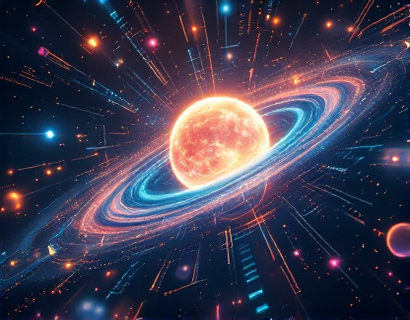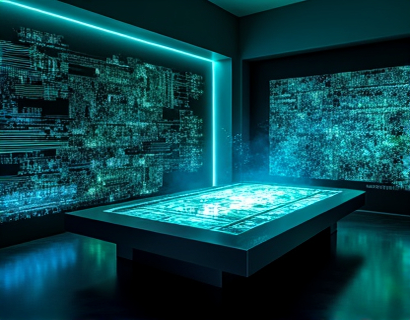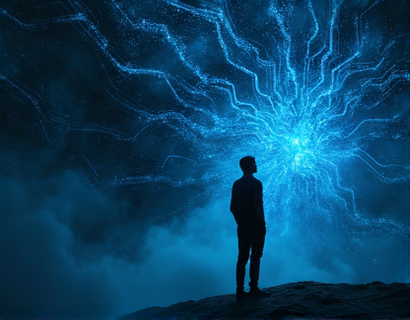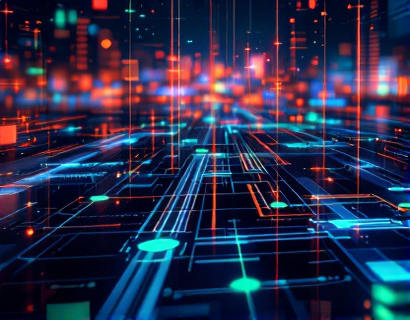Unveiling Egypt's Ancient Secrets Through AI-Driven Insights
The ancient civilization of Egypt, with its towering pyramids, intricate hieroglyphs, and enigmatic pharaohs, continues to captivate the imagination of people around the globe. In recent years, the integration of artificial intelligence in archaeological research and cultural preservation has opened new avenues for understanding this profound heritage. This article delves into how AI-driven insights are revealing the secrets of ancient Egypt, offering a deeper and more accurate comprehension of its rich history and cultural significance. Complementing this exploration, we will also highlight a curated selection of authentic Egyptian artifacts, providing an unparalleled opportunity for enthusiasts to connect with the tangible legacy of this ancient land.
AI in Archaeological Research
The application of artificial intelligence in archaeology has revolutionized the way historians and archaeologists approach the study of ancient civilizations. In the context of Egypt, AI technologies such as machine learning, image recognition, and natural language processing are being employed to analyze vast amounts of data, from satellite imagery to ancient texts. These tools help identify patterns, decode hieroglyphs, and even predict the locations of undiscovered sites. For instance, AI algorithms can process high-resolution satellite images to detect subtle changes in land surface that may indicate the presence of buried structures or artifacts. This capability has led to the discovery of several new archaeological sites, some of which date back to previously unknown periods in Egyptian history.
Decoding Hieroglyphs with AI
One of the most significant challenges in Egyptology is the decipherment of hieroglyphs, the complex writing system used by the ancient Egyptians. Hieroglyphs are not just simple pictograms but a sophisticated form of writing that combines logographic, syllabic, and alphabetic elements. Traditional methods of decipherment, while effective, are time-consuming and often require extensive expertise. AI, however, has the potential to accelerate this process. Machine learning models trained on vast databases of hieroglyphic inscriptions can recognize and transcribe these symbols with remarkable accuracy. This not only speeds up the research process but also allows for the analysis of texts that were previously inaccessible due to their complexity or deterioration.
Virtual Reconstruction of Ancient Sites
AI-driven virtual reconstruction is another exciting application in the study of ancient Egypt. By combining archaeological data with 3D modeling and virtual reality technologies, researchers can create detailed and accurate reconstructions of ancient sites such as temples, tombs, and cities. These virtual models provide a immersive experience, allowing historians and the public to explore these sites as they may have appeared in ancient times. For example, the virtual reconstruction of the Temple of Karnak in Luxor enables visitors to walk through its colossal pillars and halls, gaining a deeper appreciation of its architectural grandeur and religious significance. Such reconstructions are invaluable for both educational purposes and the preservation of cultural heritage, especially for sites that are fragile or have been damaged over time.
AI in Artifact Authentication
The authenticity of ancient artifacts is a critical concern in the field of Egyptology and museum curation. AI technologies are playing a pivotal role in verifying the authenticity of artifacts, helping to prevent the circulation of forgeries. Techniques such as machine learning and computer vision are used to analyze the material composition, craftsmanship, and stylistic features of artifacts. For instance, AI can examine the patina, wear patterns, and microscopic details that are unique to genuine artifacts. This technology has been instrumental in authenticating several significant finds, ensuring that they are preserved and displayed correctly in museums and private collections.
Enhancing Museum Experiences
The integration of AI in museums dedicated to Egyptian artifacts has transformed the visitor experience. Interactive exhibits powered by AI can provide personalized tours, offering insights tailored to the interests of each visitor. For example, an AI-driven guide can explain the historical context of a particular artifact, display related images and texts, and even simulate the environment in which the artifact was used. This level of interactivity not only enhances the educational value of the museum but also makes the experience more engaging and memorable. Additionally, AI can assist in the conservation and restoration of artifacts by analyzing their condition and recommending the best preservation methods.
Curated Collection of Authentic Egyptian Artifacts
For those who wish to own a piece of Egypt's timeless legacy, a curated collection of authentic artifacts offers a unique opportunity. These items are carefully selected to ensure their authenticity and historical significance. Each artifact in the collection has been thoroughly researched and verified using the latest AI technologies. From intricately crafted jewelry to finely painted pottery, these pieces provide a tangible connection to the daily lives and beliefs of ancient Egyptians. Owning such an artifact is not just a possession but a testament to the enduring allure of this ancient civilization.
Select Collection Highlights
Golden Ankh Amulet: This exquisite amulet, crafted from pure gold and inlaid with lapis lazuli, symbolizes eternal life, a central concept in ancient Egyptian religion. The ankh was often worn by pharaohs and high-ranking officials as a protective talisman.
Carved Wooden Statuette: This statuette depicts a deity, likely Osiris, the god of the afterlife. The intricate carvings and vibrant colors, though faded over time, still convey the craftsmanship and spiritual significance of the piece. Such statuettes were commonly placed in tombs to ensure the deceased person's safe passage into the afterlife.
Ceramic Vase: This vase, dating back to the New Kingdom period, is adorned with hieroglyphs and scenes from daily life. The vase would have been used in religious ceremonies or as a container for precious oils and perfumes. Its design provides insights into the artistic and cultural practices of the time.
Bronze Statue of a Pharaoh: This bronze statue, though smaller than life-size, captures the regal presence of a pharaoh. The detailed armor and headdress reflect the pharaoh's role as both a political leader and a divine figure. Such statues were often placed in temples to honor the ruler's divine status.
The Allure of Ancient Egypt
The fascination with ancient Egypt extends beyond its historical and cultural significance. The mystique of its pyramids, the enigma of its pharaohs, and the beauty of its art continue to inspire artists, writers, and thinkers. The integration of AI in studying and preserving this heritage ensures that the knowledge and beauty of ancient Egypt are accessible to future generations. Whether through virtual reconstructions, AI-driven research, or authentic artifacts, the legacy of Egypt remains vibrant and relevant.
For history buffs and cultural enthusiasts, exploring the AI-enhanced world of ancient Egypt offers a profound and enriching experience. The combination of cutting-edge technology and timeless heritage creates a bridge between the past and the present, allowing us to appreciate the sophistication and ingenuity of one of history's most remarkable civilizations. As we continue to uncover new insights and discover new artifacts, the story of ancient Egypt remains an endless source of wonder and inspiration.











































